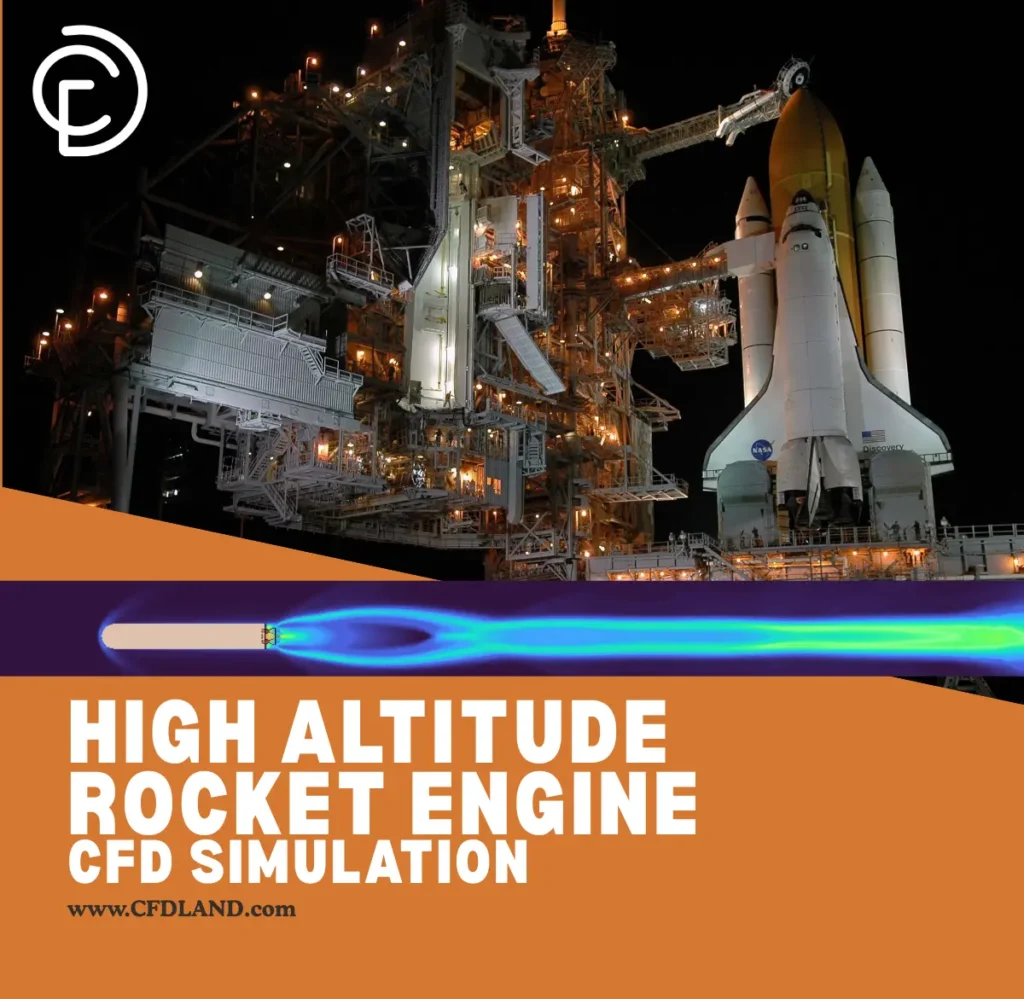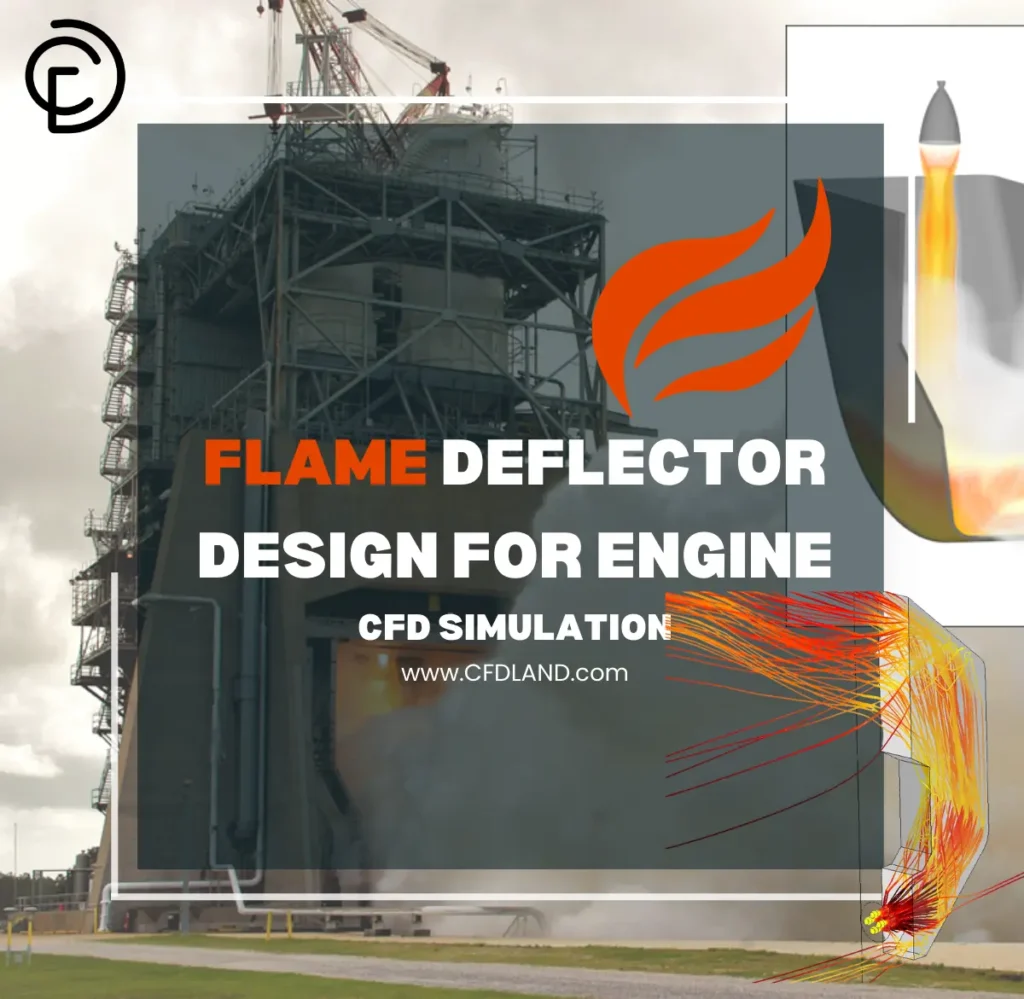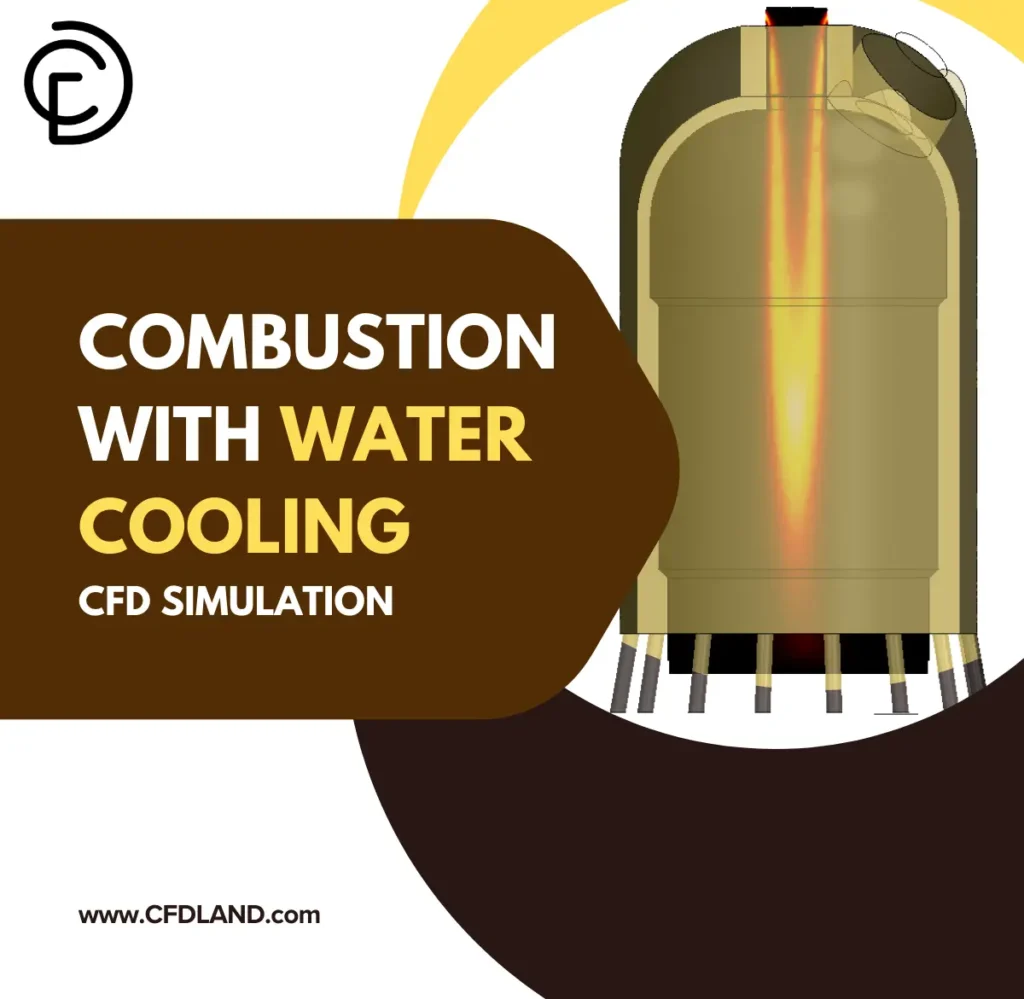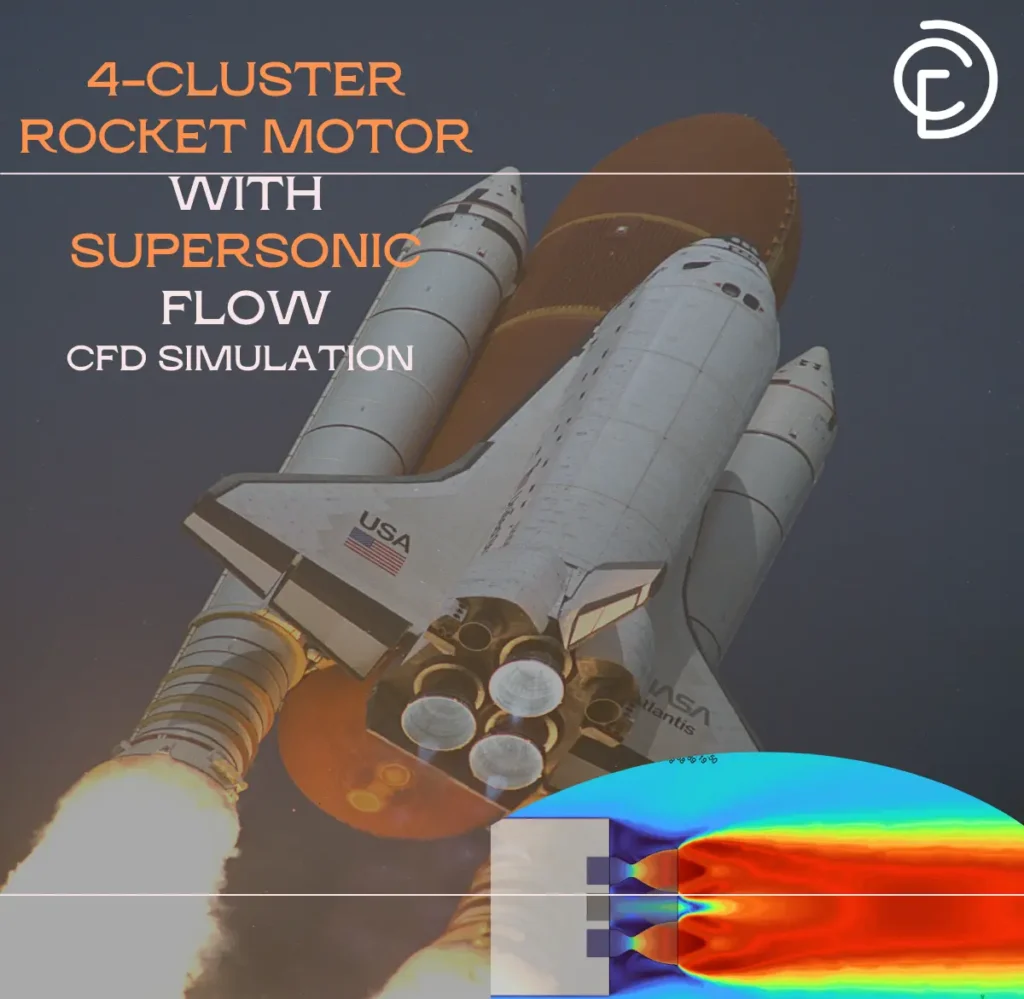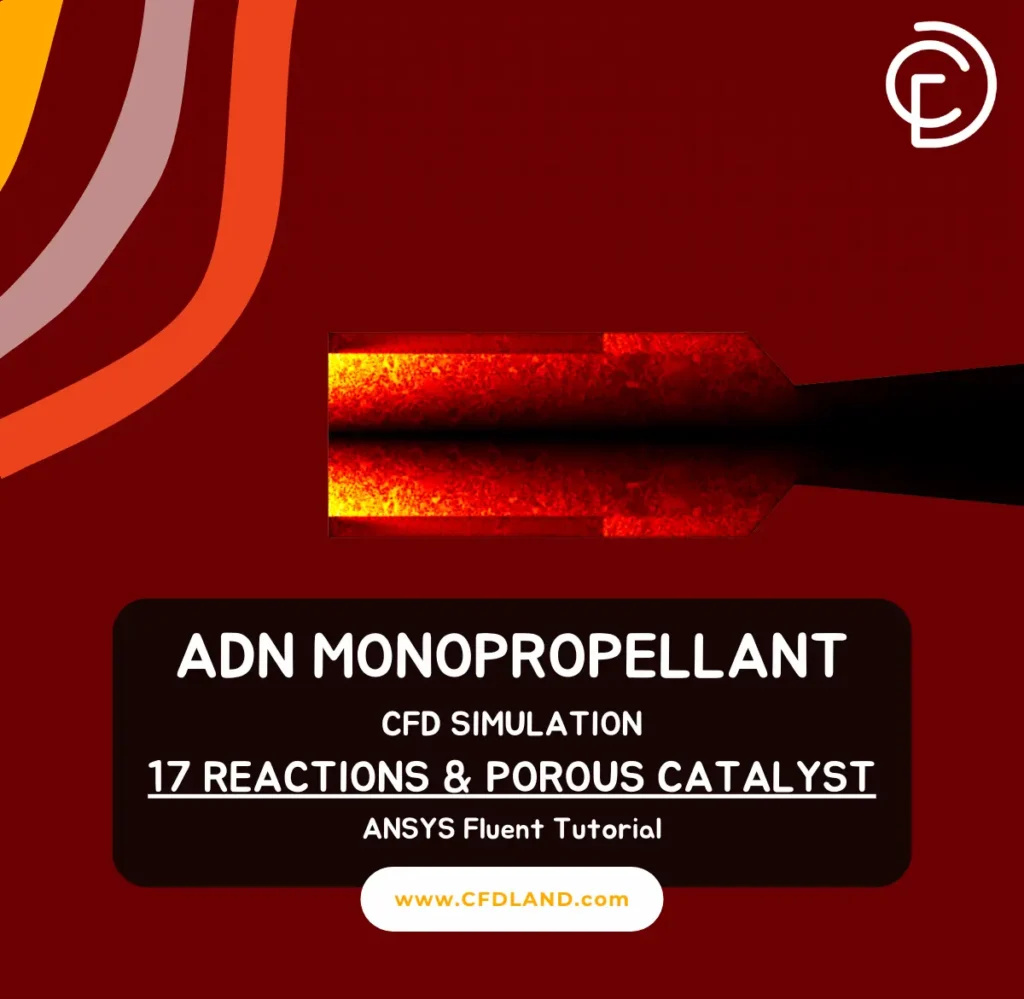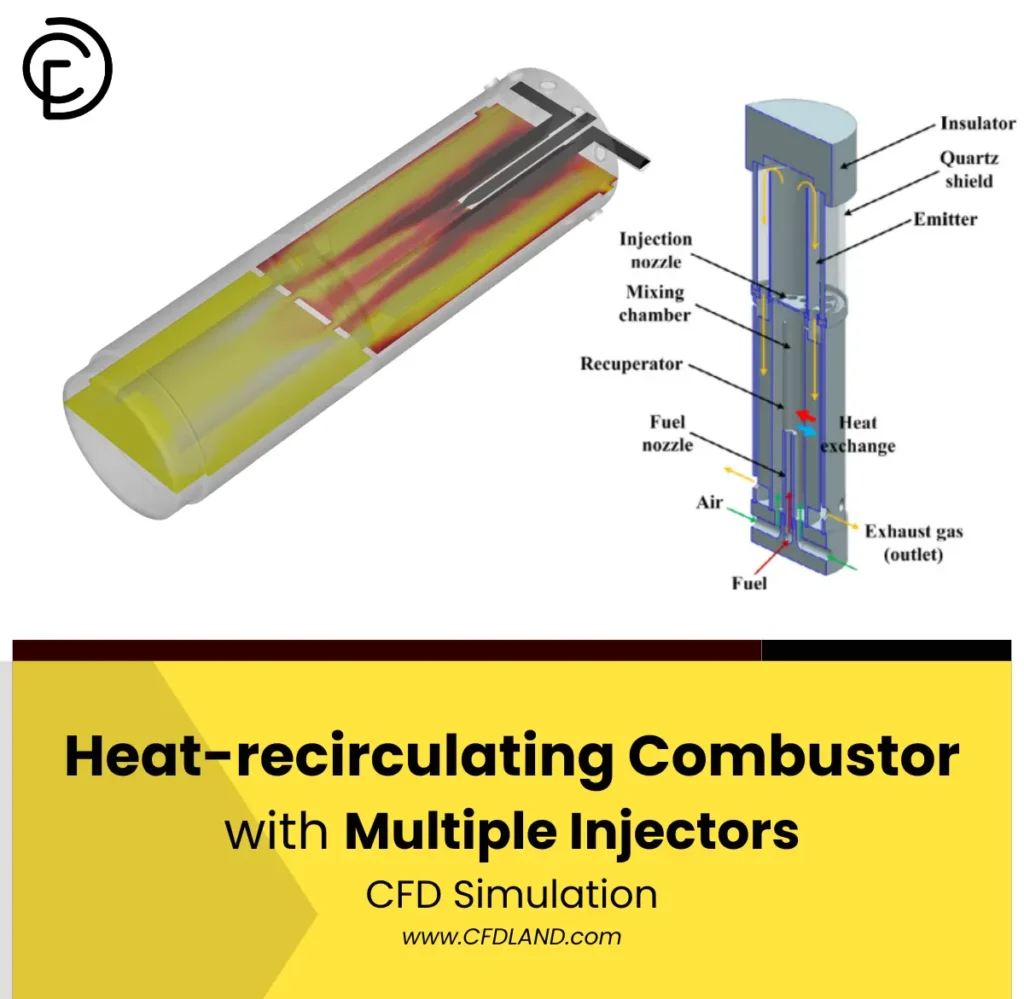Combustion CFD Simulation
€180 Original price was: €180.€150Current price is: €150.
€210 Original price was: €210.€170Current price is: €170.
€175 Original price was: €175.€150Current price is: €150.
€180 Original price was: €180.€150Current price is: €150.
€170 Original price was: €170.€135Current price is: €135.
€210 Original price was: €210.€175Current price is: €175.
What is combustion?
Combustion is a chemical reaction between a fuel and an oxidizing agent, typically oxygen from the air, that produces heat and usually light in the form of flames. It’s an exothermic reaction, meaning it releases energy in the form of heat. Fuels can be solids, liquids, or gases.
During combustion, new chemical compounds form from the fuel and oxidizer, known as exhaust. This exhaust mostly results from chemical combinations between the fuel and oxygen. For instance, when a hydrogen-carbon-based fuel like gasoline burns, the exhaust contains water (from hydrogen and oxygen) and carbon dioxide (from carbon and oxygen). Due to the heat transferred during combustion, exhaust temperatures are high, typically resulting in gaseous exhaust, though liquid or solid forms like soot may also occur.
Combustion necessitates three essential elements: a fuel source, an oxidizing agent, and an initial source of heat. The fuel serves as the substance that undergoes combustion. Oxygen, acting as the oxidizer, combines with the fuel to release energy in the form of heat and light. Initially, a spark, flame, or other heat source is required to initiate the combustion process. Once ignited, the heat generated by the reaction sustains the combustion, allowing it to continue without the need for continuous external ignition. These three components—fuel, oxidizer, and heat—must be present in the correct proportions for combustion to occur effectively.

Kinds of combustion
Combustion can occur in various forms depending on the conditions and nature of the materials involved. Some common types of combustion include:
Complete Combustion
Complete combustion happens when there’s enough oxygen present, leading to the fuel burning entirely. This process yields carbon dioxide, water vapor, and heat as the primary products. For instance, natural gas burns with a blue flame in complete combustion.
Incomplete Combustion
Incomplete combustion occurs when there is limited air supply, resulting in insufficient oxygen for the fuel to react completely. This leads to the production of carbon monoxide and soot instead of carbon dioxide. For example, burning paper under such conditions leaves behind ash, a form of soot. Compared to complete combustion, incomplete combustion generates less energy.
Spontaneous Combustion
It is a form of combustion that can initiate without an external ignition source. It occurs when a substance heats up due to internal chemical reactions until it reaches its ignition temperature. Phosphorus is an example of a material that can undergo spontaneous combustion.
Slow Combustion
Slow combustion encompasses reactions that unfold gradually over an extended period, typically at lower temperatures. Examples include the gradual oxidation of metals such as iron (known as rusting) or the slow burning of a cigarette.
Flameless combustion
Flameless combustion is a unique form of combustion that takes place at lower temperatures without the characteristic presence of visible flames. Unlike conventional combustion processes that involve high temperatures and visible flames, flameless combustion operates through chemical reactions that release energy without emitting substantial heat or light.
This phenomenon is commonly observed in porous materials or under controlled conditions where the fuel-air mixture is precisely managed to facilitate a gradual, controlled oxidation process. Flameless combustion holds significance across various applications, including energy production and environmental management, owing to its potential for minimizing emissions and enhancing efficiency.
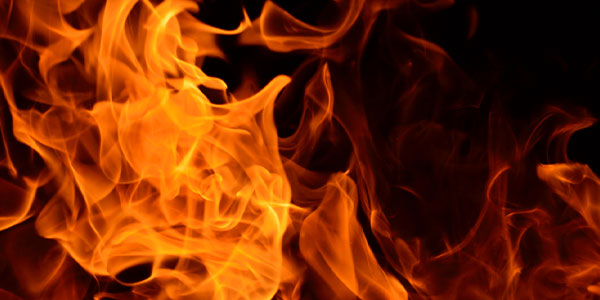
Combustion applications
Combustion is widely utilized across diverse industries and in daily activities. Common applications of combustion include:
Power Generation
The combustion of fossil fuels such as coal, natural gas, and oil is utilized in thermal power plants to generate electricity. The heat produced from combustion is used to warm a coolant, typically water, which then drives turbines connected to generators. These turbines convert the kinetic energy from the moving coolant into electrical energy. This process is a fundamental principle behind many thermal power generation systems worldwide. Combustion CFD simulations enable engineers to optimize fuel combustion processes, improving efficiency and reducing emissions in thermal power plants.
Transportation
Combustion engines power the majority of vehicles, from cars and trucks to airplanes, ships, and trains. Gasoline and diesel engines burn fuel to produce the mechanical energy required for propulsion.
Heating
Combustion furnaces and boilers contribute to indoor comfort by circulating warm air or water through radiators or underfloor heating systems, keeping indoor spaces cozy and comfortable.
Industrial Processes
Combustion plays a vital role in numerous industrial processes like metal smelting, cement production, glass manufacturing, and chemical processing. It furnishes the necessary heat for tasks such as melting, drying, heating, and facilitating chemical reactions. CFD combustion modeling allows engineers to simulate and optimize combustion processes, ensuring efficient heat generation and control in various industrial applications.

CO2 mass fraction, adopted form “Ramjet Engine Combustion Using UDF CFD Simulation”
Simulation of Combustion by ANSYS Fluent
ANSYS Fluent stands out for its exceptional abilities in combustion simulation, offering a comprehensive suite of tools and models tailored to accurately predict and analyze various combustion phenomena. Its advanced combustion models, encompassing finite-rate chemistry and eddy dissipation concepts, empower users to simulate a broad spectrum of combustion regimes, ranging from laminar to turbulent flames.
Additionally, Fluent’s multiphase CFD simulation capabilities play a crucial role in combustion scenarios, allowing engineers to model interactions between multiple phases, such as fuel droplets or solid particles, which are common in combustion processes. This functionality enables accurate representation of phase behavior, including droplet evaporation and particle dispersion, contributing to more insightful analyses and optimized designs of combustion systems. With Fluent, engineers can efficiently simulate and optimize combustion systems, leading to improved efficiency, reduced emissions, and enhanced design performance.

CFDLAND expertise in Combustion Modeling Using ANSYS Fluent Software
Looking to harness the power of combustion simulations? Look no further! Our expertise in simulating combustion problems is at your service. Dive into CFD SHOP, where you’ll discover a plethora of combustion projects waiting to be explored.
Whether you’re delving into the combustion in Internal combustion engines or the design of rocket engines, rest assured that our proficiency in combustion simulations will exceed your expectations. You can easily order your project for outsourcing.

